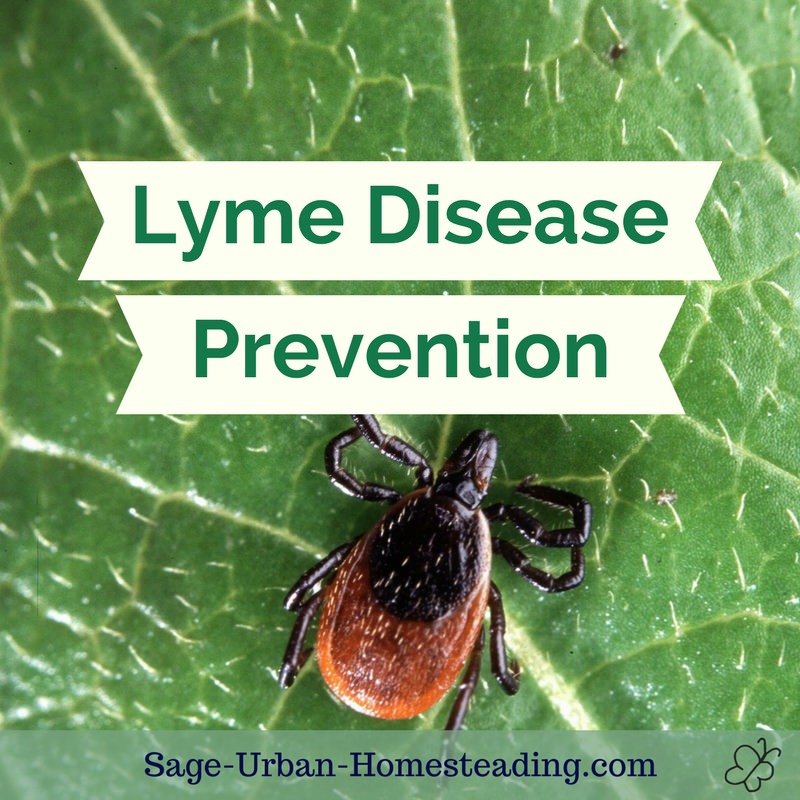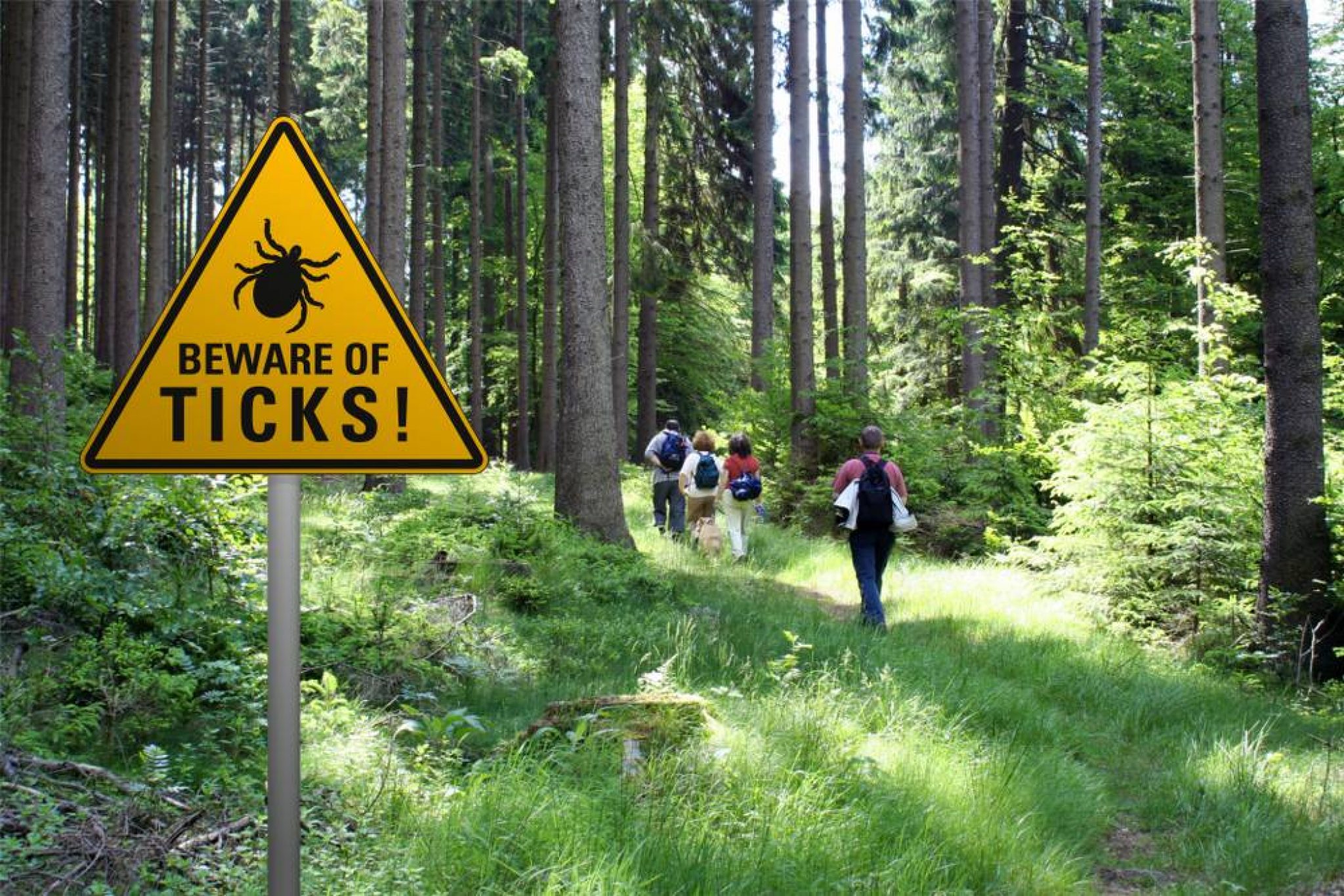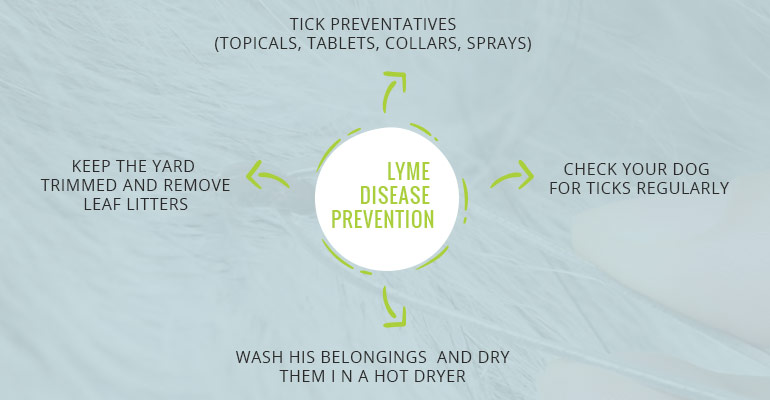As outdoor enthusiasts, we relish the beauty of nature, whether it’s hiking through wooded trails, camping under the stars, or cycling through picturesque landscapes. However, with these outdoor adventures comes the risk of Lyme disease, a serious tick-borne illness caused by the bacterium Borrelia burgdorferi. Lyme disease is prevalent in many regions, especially in the northeastern, north-central, and Pacific coastal areas of the United States. Understanding how to prevent Lyme disease is crucial for anyone who spends time outdoors. This article provides vital prevention tips to help keep you and your loved ones safe while enjoying nature.
Understanding Lyme Disease

Before delving into prevention strategies, it’s important to understand Lyme disease itself. The disease is primarily transmitted through the bite of infected black-legged ticks, commonly known as deer ticks. Symptoms can range from mild to severe and may include:
- Fever and chills
- Fatigue
- Headache
- Muscle and joint pain
- Swollen lymph nodes
- Rash, often resembling a “bull’s-eye” pattern
If untreated, Lyme disease can lead to more severe health issues, including neurological problems and joint pain. According to the Centers for Disease Control and Prevention (CDC), about 300,000 cases of Lyme disease are diagnosed in the U.S. each year, making awareness and prevention critical for outdoor enthusiasts.
Effective Prevention Strategies
Here are some practical and effective strategies to prevent Lyme disease during your outdoor activities:
1. Choose Your Trails Wisely
When planning hikes or outdoor trips, research the areas you plan to visit. Some regions have higher tick populations than others. Consider the following:
- Opt for well-maintained trails with minimal vegetation.
- Avoid areas with tall grass, dense brush, and leaf litter.
- Stay on marked paths to minimize contact with tick-infested areas.
For example, national parks often have designated trails that are less likely to harbor ticks, making them safer choices for hiking.
2. Dress Appropriately
What you wear can significantly reduce your chances of tick bites. Follow these clothing tips:
- Wear long sleeves and long pants to cover your skin.
- Select light-colored clothing to make it easier to spot ticks.
- Tuck your pants into your socks or boots to prevent ticks from crawling up.
- Consider wearing tick-repellent clothing that has been treated with permethrin.
By dressing appropriately, you create a physical barrier against ticks, reducing your risk of bites.
3. Use Tick Repellents

Applying tick repellents can provide an additional layer of protection. When choosing a repellent, look for the following:
- DEET: A widely used and effective insect repellent. Choose products with at least 20% DEET for the best protection.
- Picaridin: An alternative to DEET that is also effective against ticks.
- Natural repellents: Essential oils such as lemon eucalyptus or citronella can be used, but effectiveness may vary.
Apply repellent to exposed skin and clothing according to the manufacturer’s instructions. Reapply as needed, especially after sweating or if you’ve been in contact with water.
4. Perform Tick Checks
After spending time outdoors, it’s crucial to conduct thorough tick checks. Follow these steps:
- Check for ticks on your body, especially in warm, hidden areas like the armpits, groin, and scalp.
- Inspect your pets for ticks, as they can carry them into your home.
- Remove any ticks you find immediately using fine-tipped tweezers.
To remove a tick, grasp it as close to the skin’s surface as possible and pull upward with steady, even pressure. Clean the bite area with soap and water or rubbing alcohol.
5. Manage Your Outdoor Space

If you have a yard or outdoor space where you spend time, take steps to make it less hospitable for ticks:
- Keep your lawn mowed and remove tall grasses and brush.
- Create a barrier of wood chips or gravel between wooded areas and recreational spaces.
- Remove leaf litter, and consider using tick control products in your yard.
By managing your outdoor space, you can significantly reduce the tick population around your home.
6. Be Aware of Lyme Disease Symptoms
Understanding the signs and symptoms of Lyme disease is essential for early detection and treatment. Pay attention to:
- Any unusual rashes, particularly the “bull’s-eye” rash.
- Flu-like symptoms that develop within a few weeks after a tick bite.
- Persistent joint pain or swelling that may develop in the months following a tick bite.
If you experience any of these symptoms after potential exposure to ticks, seek medical attention promptly. Early treatment with antibiotics is highly effective in curing Lyme disease.
Case Study: A Real-Life Experience
To illustrate the importance of Lyme disease prevention, consider the case of a passionate hiker named Sarah. During a summer hiking trip in a wooded area of Connecticut, Sarah did not take the necessary precautions. She wore shorts and a t-shirt and did not apply any insect repellent. After returning home, she discovered a tick embedded in her skin.
Despite removing the tick promptly, Sarah developed flu-like symptoms a few weeks later. A visit to her doctor confirmed that she had contracted Lyme disease. Fortunately, she received treatment early, and after a course of antibiotics, she recovered fully. Sarah now advocates for tick prevention awareness among her hiking friends and always takes precautions before hitting the trails.
Lyme disease is a serious risk for outdoor enthusiasts, but with proper precautions, it is preventable. By choosing your trails wisely, dressing appropriately, using tick repellents, performing tick checks, managing your outdoor spaces, and being aware of the symptoms, you can significantly reduce your risk of contracting Lyme disease. Remember, the key to enjoying the great outdoors safely is taking proactive measures to protect yourself and your loved ones. Stay informed, stay vigilant, and most importantly, enjoy your outdoor adventures to the fullest!
